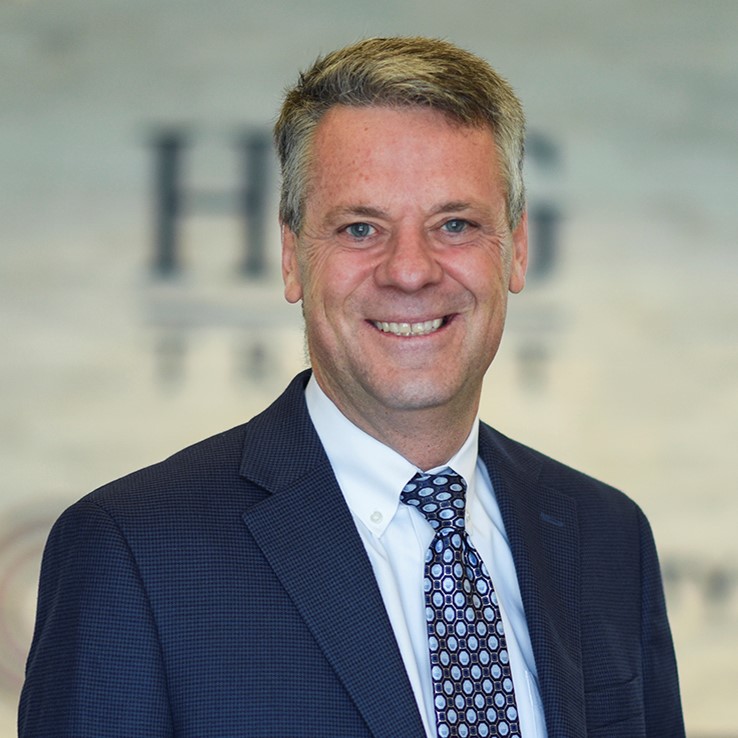In my prior blog, Steeling Your Mind for Market Volatility, I reminded readers that higher returns are commensurate with higher levels of volatility. Although it never feels good, we should not be surprised by sudden drops in the stock market — it is a natural part of the investing experience.
Since 1896, the Dow Jones has fallen by at least 2% in a single day 1,011 times, or 1 in every 33 trading days. That means we should expect around eight days a year of -2% or more in price declines in a single day. With the Dow now trading at about 27,000, a -2% drop means a decline of 540 points in one day. If those days get bunched together and carry over into the following year, you can quickly approach a -32% stock market decline, equaling a loss of 8,640 or a Dow of about 18,000. Stated differently or more personally, a $500,000 portfolio invested in the Dow would lose approximately -$160,000 in value.
Yale University graduate and Nobel Prize winner, Robert Shiller, has long tracked investors’ expectations of stock returns. He points out that, “when stock prices make big moves, investors crave explanations, and there are plenty of news outlets willing to provide them. When the Dow swings by hundreds of points, especially downward, people are looking at each other for solutions as to why there was a sudden drop in their portfolio and how they can avoid it in the future.” In reality though, a swing of a couple hundred points or a small percentage is part of the normal investment experience. True financial advisors prepare their clients to be ready for the inevitable downswings in the stock market by training them in advance for those long-drawn-out downturns and helping them keep a long-term perspective. Remember the following graph and note that the market was down at some point every year, with the average being almost -14% each year. However, the market managed to recover 74% of the time, with the results being positive by year end.
Now, occasionally there is someone or something that seems to evade market volatility without reducing the stock market’s performance. In fact, there was a well-regarded Wall Street Money Manager who, quietly and with regularity, did just that. His Hedge Fund performed in line with the market; but more importantly to his clients, he seemed to avoid its turbulence.
For example, over one typical, but volatile 16-year stretch in the stock market, he reported average annualized returns of 11%, consistent with the market’s return. More importantly though, his annual range of returns were between +2% to +20%. Not a single down year or negative period! In contrast, the market had five years of negative returns and was much more volatile, between -23% and +34%, over the same 16-year period.
Stated differently, this Hedge Fund had a standard deviation of approximately 3%, opposed to the S&P 500’s standard deviation of 20%. He was essentially delivering stock market returns with an investment grade bond’s safety, and people were lining up to give him their life savings. Why not? He was able to regularly outperform the market, avoid the tech bubble in the early 2000s, and never once ended the year with a negative performance.
(See abbreviated S&P 500 Graph Comparison of two performances.)
Of course, with the goal of achieving similar results, other money managers attempted to uncover his secret investment formula. In fact, many advisors tried to use his Hedge Fund only to be rebuffed if they were not part of his inner circle, allowing him to veil his record-setting investment approach for nearly 30 years.
Unfortunately for this investment manager’s unsuspecting, unsophisticated and sophisticated investors alike, Bernie (yes, that Bernie) had been defrauding his clients for many decades. He had not found the secret recipe nor had he ever beaten the market; and like most other investment managers, he had in fact experienced poor results, but lied with the hope that he would be able to undo the first year’s poor performance with better returns the following year. However, as in most cases, the hole kept getting deeper and deeper and the lies only grew larger and larger. When all was said and done, his investors learned that with only a few million dollars in the fund, his $65 billion dollar fund was a fraud.
Many of his victims lost their life savings or a significant amount of their wealth in the fraud. His actions had widespread and devastating effects on an array of trusting clients, from Hall of Fame Pitcher Sandy Kofax and the foundation belonging to Hollywood Director Steven Spielberg, to pension funds, large banks, and insurers around the world. In each situation, the damage was extensive and generally permanent. Tragically, some were so devastated they were driven to take their own lives.
On that sobering note, I redirect you back to one fundamental reality: markets are volatile — from day to day, sometimes year to year. There is no black box or secret formula to solve the investment experience and minimize market turbulence. There is risk involved in the market every day, it is simply part of the environment. If investors had looked at Bernie Madoff’s performance even anecdotally, they would have clearly seen the red flags. Note how his performance would correlate with typical market performance.
Keeping a long term perspective of the realities of the market, both positive and negative, will keep you from believing the unbelievable and falling into an unrecoverable financial trap. Here at HFG, we design portfolios with the goal of balancing our clients’ long-term objectives with their short-term needs. By keeping communication consistent and open, we can be certain they remain in the proper investment strategy for their goals.
Bob Lagonegro, CFP®, CPCU

